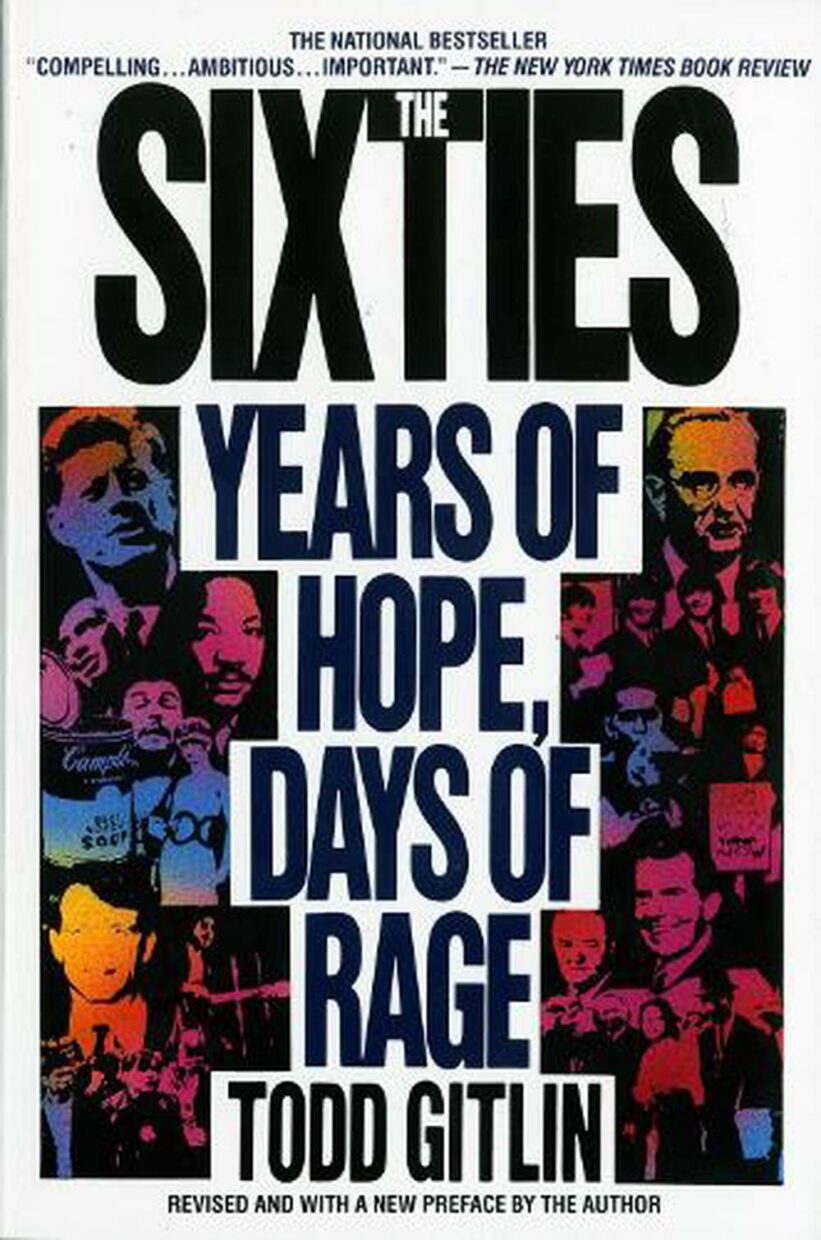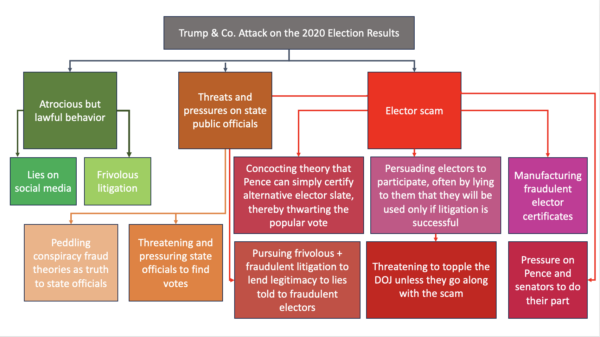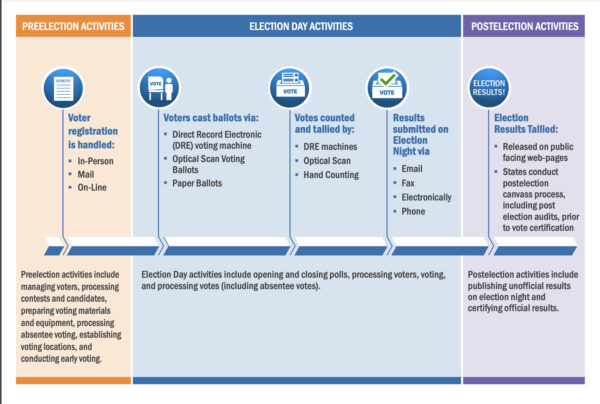In the sixties, Todd Gitlin, then a young, passionate student, became involved in the fight against the Vietnam war and in the struggle for equality. Alongside his friends at Students for a Democratic society (he was the president in 1963-1964) he agitated, organized, protested, held movements, registered people to vote in the Deep South, and fought against orthodoxy in the Democratic party and for a New Left. Many years later, already a sociology professor and incisive critic of the movement he helped create, he evocatively wrote about how much activism had meant to him. The first half of his masterpiece The Sixties reads like a manifesto of hope; the second half, though, is rife with confusion. Plans for political action got muddled with self expression and individuality a-la diggers and the Mime Troupe (to read a different perspective on those, read Peter Coyote’s fantastic memoir Sleeping Where I Fall); people he admired and respected as leaders disappointed at best and disintegrated at worst; former comrades slid further and further to the left, established the Weather Report, and engaged in clumsy but frightening violent actions Gitlin could not condone or comprehend (learn more about those in the podcast Mother Country Radicals). Gitlin’s later books reveal an author and thinker who still very much believes in the ideals of socialism and peace, but resents the splintering and performativity of identity politics that he believes shattered the movement in the 1970s.
Today I found myself going back to one of my favorite books by Gitlin, Letters to a Young Activist, which evokes that deep ambivalence and wisdom that comes only from spending years in a movement you both admire and fiercely critique. Gitlin talks about the importance of passionate motivation but also reminds young activists not to “think with their blood”; highlights the crucial role of shining a light on the wrongs of your own side, but also the importance of letting self-flagellation by the wayside; and warns against the dangers of “marching on the English department”, as it were, while one’s opponents “march on Washington.”
What brought me back to Gitlin were a number of recent conversations with younger folks I like and admire a lot about their disillusionment with infighting and lack of integrity in radical movements and organizations with noble goals and true dedication. People admired and respected in positions of leadership turn out to behave in disappointing ways; serious issues get buried or, on the opposite end of the spectrum, debated to death, complete with public denunciations and humiliations; minute complaints turn into struggle sessions that sap everyone’s will to come back; and eventually people come to demonize their comrades and brothers in arms more than they do the bad guys they are fighting against.
Hearing about this stuff is always heartbreaking, especially when I see folks who I know put in countless, tireless, thankless energy, time and effort into organizing and activism express disillusionment and despair. I can offer very little solace in this sort of situation; dealing with big disappointment as an idealist is really hard, and calls for more than one self-compassion break.
Kristin Neff, who has written and spoken extensively about self compassion and mindfulness, offers a three-step formula for anyone who is struggling. The first step is to admit that this is, indeed, a moment of suffering, a low point in the person’s life. The second, which I’ll elaborate more on in a bit, is understanding that suffering is universal, a part of life, and that everyone suffers–sometimes intensely–from time to time. And the third is offering oneself some kindness, either through expressing it or through a gentle hand touching one’s own heart.
I like this exercise a lot, and find the second step especially important, because as Brené Brown explains, one of the traps of shame and self-pity (by contrast to self compassion) is to see one’s experience as unique and idiosyncratic. I see a lot of this horror in young, committed activists, who are so distraught by occurrences in their group or community that they believe it must be prey to some special variety of pathology. This is where I can offer some comfort. As regular readers know, I’ve written and spoken quite a bit about the sixties, and part of my work on Yesterday’s Monsters included learning about cults and movements that swirled around the California counterculture when Manson put together his “family.” When the murders occurred, and when Manson and his followers were identified as the culprits, they evoked a wave of horror because cults and their inner workings were not well known or understood at the time. Indeed, the idea of thought control and brainwashing was associated at the time only with Communist regimes such as China and Korea (see an example of this in The Manchurian Candidate.)
But while this group stood out in the heinousness of their crimes, they were by no means the only group led by charismatic leaders and/or a vision to be plagued by exploitation, violence, and oppression. In the mid-seventies, the California legislature held a hearing for family members of young adults who had joined cults, hearing testimony after testimony about how their loved ones fell in thrall to some charismatic leader or other, started believing some stranger things, dramatically changed their appearance or habits, isolated from them to the point of estrangement, and gave all their effort and resources to the cult. Witnesses testified about the Moonies and about a variety of Christian apocalyptic cults. The legislators at the hearing tiptoed between expressing deep concern and sympathy and reminding everyone that cult members were adults with the freedom of religion and expression.
To this day, whenever I see people criticize radical activist movements that fall prey to unsavory activity and conflict, the demonizing language compares the movement to a cult. This is not a scientific or easy process, because cults turn out to be quite a malleable category. But one need not go into the reeds to identify pathological cultish elements in pretty much every activist movement, including influential and notable ones. Three years ago I wrote a post about this stuff that identified a lot of the obvious issues: betrayals of the cause, identitarian splintering, sexual exploitation or perceived exploitation, financial malfeasance, etc. Having read a lot about movements in the 1960s and 1970s, I see situations where the FBI were infiltrating and persecuting organizations and cells and eventually didn’t have to do anything to hasten their demise: these outfits crumbled on their own, without the malignant interference of the feds, because they suffered from these inherent issues. Stanley Nelson’s fantastic documentary about the Black Panthers is a case in point: there’s nothing the FBI could have done to dissolve the Panthers that Huey Newton didn’t do himself. Larry Kramer’s acerbic account of ACT UP in The Normal Heart shows the awful indifference and demonization the activists were working against, but also how they sabotaged themselves through horrendous infighting. I see this stuff again and again.
Here are some factors–and this is by no means an exhaustive list–that are part of this malignant cocktail. Oftentimes, radical organizing draws people who seek the type of camaraderie and belonging that membership in a close-knit group of likeminded people working for an important cause can provide. Some young folks get swept in this energy because home life is rife with trauma or neglect, or because their school or employment networks haven’t improved their lot socially. I’m not saying their commitment to the goal is not genuine; all I’m saying is that excitement about a common vision is infectious and promises an embrace that is very difficult to resist if one feels lonely or traumatized. The fact that a lot of radical movements strive toward ideological purity is also part of this. It isolated people and drives them further into the insular experience of the group, with no reality checks and balances on the outside. I’ve spoken to mixed-race couples that broke up on account of a commitment to racial justice that was so strong that it eclipsed years of love and commitment. I know of people who took the Liberation Pledge (not to eat where animals are served) and ended up unable to eat with anyone from their family or friend group outside vegan movements. Not only does this mean all of one’s social efforts are invested in a relatively small group of people, but that group ends up being an echo chamber and it’s very difficult to test ideas in the real world. And moreover, anytime purity and adherence to principles are the yardstick for worthiness, people turn on each other and compete over who is a more zealous advocate for social change. This process of eating each other seems to accelerate as shit starts hitting the fan, because people who are afraid and fighting for their own survival are sure to lash out at the people standing closest to them.
The fact that crappy things are happening to committed activists throughout the social justice field is not cause for cheer, but I think that anyone who thinks their organization is uniquely pathological might derive some comfort from knowing that, apparently, homo sapiens seems to find a way to ruin communities centered on ideals and struggles pretty much all the time. I don’t think we’ve found a way to organize and seek social change that doesn’t end up marred in these kinds of self destructive crap. I wish we could, but I’m in my late forties, have organized and agitated plenty, and I’m just not seeing it. The one that came closest to being a healthy organizing container, for me, was the #StopSanQuentinOutbreak coalition; it wasn’t without its warts, but it was highly effective and overall a really positive, supportive environment. I suspect the magic had something to do with the fact that, in addition to the long-term decarceration vision, we had tangible, short-term emergency goals, and thus no time for faffing. Perhaps human nature, like nature in general, abhors a vacuum, and will fill any available space with infighting and oneupmanship.
I don’t know what the answer is. But I do think that understanding we’re talking about universal phenomena that radical movements go through can be helpful to people who think they’re stuck in a uniquely dysfunctional scenario. Every unhappy family, as Tolstoy famously wrote, is unhappy in its own unique way, but they are still all unhappy. And that means that any person who believes in an ideal, a vision, a blueprint for far-reaching social change, and is committed enough to put a lot of work into it, will experience heartbreak from time to time. If this is you now, then it’s simply your turn. Offer yourself all the kindness you need to get through the rough patch, and then see if there’s another path for you to change the world or bring about your values in a way that supports your heart better.













